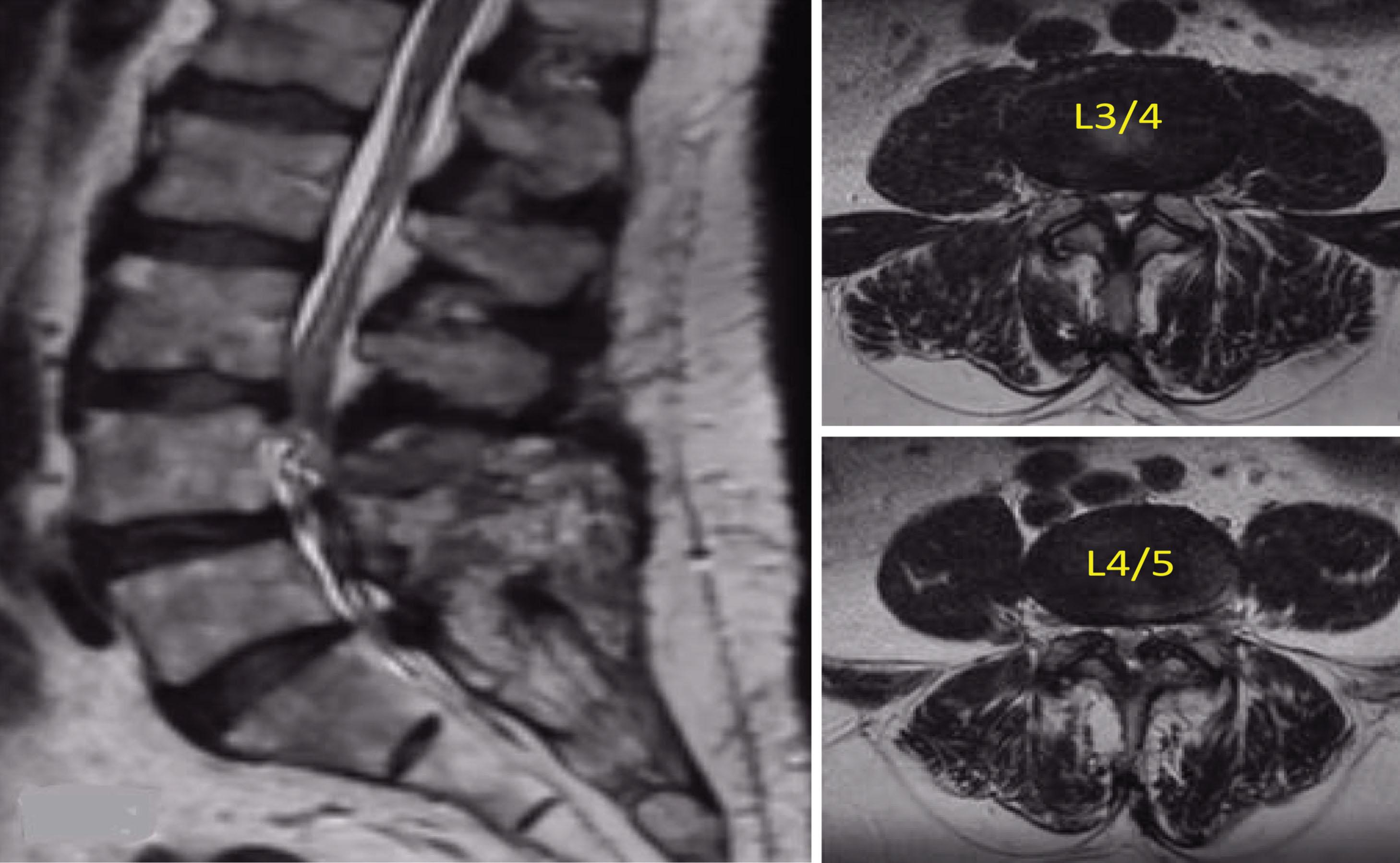Physical Address
304 North Cardinal St.
Dorchester Center, MA 02124
Technological innovations over the past several decades have enabled spine surgeons to steadily increase the safety and efficacy of procedures performed with a focus on improving outcomes, while minimizing the surgical footprint. Innovations in microscopic and endoscopic visualization systems, screw and rod instrumentation, expandable and 3D printed interbody cages, and three-dimensional computer assisted navigation capabilities are among these advancements. Robotic surgery has been revolutionized by the way surgeries are performed in other areas of medicine, including urology, gynecology, and cardiothoracic surgery. The adaptation of robotic technology has now provided a new and innovative avenue for safely performing spine surgery. Robotic-assisted spine surgery is the newest iteration of navigation-based, minimally invasive technology that is still relatively in its infancy, but has already yielded significant impact in multiple perioperative metrics in an era where evidence-based and cost-effective outcomes are being increasingly recognized.
As described in detail in the preceding chapters, multiple studies evaluating robotic-assisted screw placement to the traditional free-hand and fluoroscopic-guided techniques have demonstrated improved accuracy rates of 91% to 98.5%, based on the definition of pedicle breach used in each study. Some studies have reported up to 100% accuracy when using the “clinically acceptable” threshold. Apart from pedicle breaches, robotic-assisted surgery has shown reduction in proximal facet joint violation, thereby mitigating a major factor in adjacent segment disease; from an educational standpoint, this allows accuracy to be maintained when accounting for differences between an attending and a resident. Furthermore, reductions in the radiation dose to the surgical team and patient (for fluoroscopy-guided procedures), complications, revision rates, blood loss, and length of stay have been reported across multiple retrospective and prospective studies.
As spinal robotics become increasingly affordable and cost-effective, it is only natural that further innovations will drive new applications. Leveraging combinatorial technologies to augment the precision and minimal invasiveness of robotic spine surgery is an active area of evolution and presents unique opportunities for novice and experienced spine surgeons. In this chapter, we review the literature examining combinatorial technologies leveraging robotics in spine surgery and look into future possibilities ( Table 17.1 ).
| Author | Year | Technology | Summary |
|---|---|---|---|
| Liounakos et al. | 2020 | Endoscopic TLIF | Robotic guidance allows the selection of either a safe or ideal trajectory for endoscopic transforaminal discectomy and interbody graft placement that minimizes the risk to DRG. |
| Burström et al. | 2020 | Hybrid OR and augmented reality surgical navigation (ARSN) system | A robotic arm is used to place screws that have been pre-planned by an ARSN in a hybrid OR that relies on optical tracking eyes placed around the OR, and therefore controls the trajectory of the screw that is being placed through a rigid robotic arm. |
| Sun et al. | 2020 | Artificial Intelligence | Force and sound sensors programmed into the robot based on artificially obtained intelligence from ex vivo dynamic experimentation allow for the robot to autonomously stop drilling if a breach in the cortex is detected within a time much faster than a human could. |
| Li et al. | 2021 | Endoscopic decompression | Robotic guidance allows predetermined areas and depths of lamina to be localized and drilled from a single small incision to minimize excessive bony resection and instability, while utilizing a unique adapter for the robotic arm to aid in control and mitigate surgeon fatigue. |
Spinal endoscopy has witnessed a resurgence over the past decade paralleled by advancements in lens and resolution optics and compatible instrumentation. When combined with increased awareness of healthcare economic costs, narcotic dependency, and COVID-19-era hospital restrictions, this has fueled a push for “ultra” minimally invasive approaches for decompression and fusion procedures that allow patients to mobilize, leave the hospital, and wean off pain medications faster than ever before. Endoscopic spine surgery has witnessed enormous strides over the last two decades, fueled by advancements in narrower rigid endoscopes, light-emitting diode (LED) illumination sources, ultra-high-definition optical displays, radiofrequency electrode probes for cauterization, high-speed drills, disk preparation instruments, and expandable interbody grafts. Combining robotics with endoscopy is an example of two distinct but rapidly evolving technologies that can synergize to offer advanced, minimally invasive solutions for common spinal pathologies. We herein present two unique cases leveraging these combinatorial technologies.
A 78-year-old male with an extensive cardiac history on antiplatelet therapy and history of an L4/5 decompression over a decade prior presented with symptoms of back pain and bilateral lower extremity radiculopathy that had been progressively worsening over the past year. The patient’s back pain had a mechanical component, which was worse when going from sitting to standing and also while ambulating, but relieved during rest. His lower extremity pain was constant and encompassed the L3 and L4 dermatomes. His lower extremity radiculopathy had previously been responsive to epidural steroid injections; however, the injections became less efficacious over the course of a year, while his low back pain simultaneously worsened. The patient had also failed other conservative measures including various oral medications, physical therapy, and chiropractic manipulation. On physical examination, the patient had intact motor strength and sensation without evidence of myelopathy.
Magnetic resonance imaging revealed multilevel lumbar spondylosis with moderate central stenosis and moderate-to-severe bilateral foraminal stenosis at the L3/4 and L4/5 levels. There was also bilateral lateral recess stenosis at both levels, caused by a combination of disk bulge, ligamentum hypertrophy, and facet arthropathy ( Fig. 17.1 ).

Become a Clinical Tree membership for Full access and enjoy Unlimited articles
If you are a member. Log in here